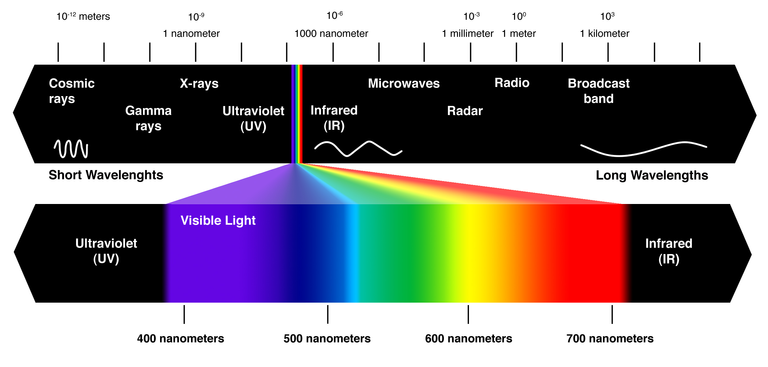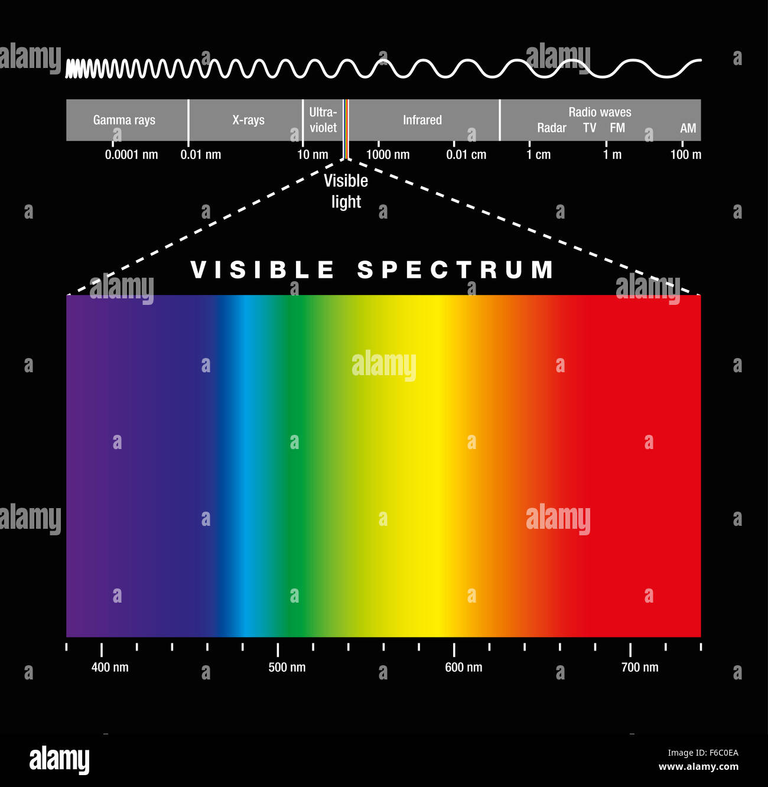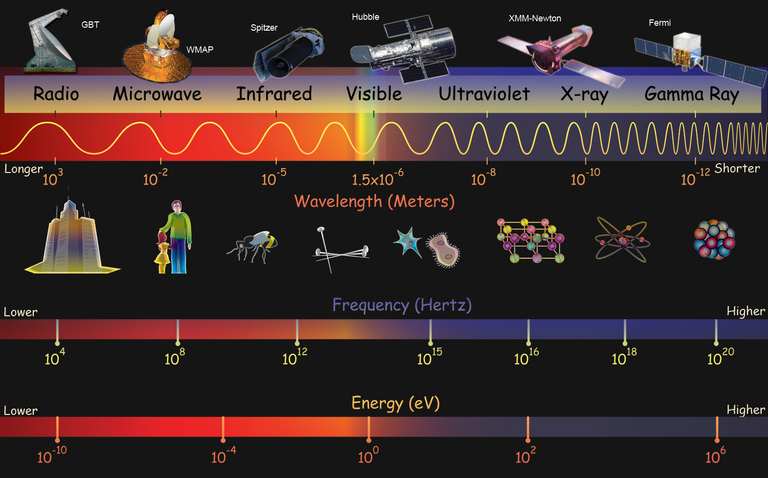
The world around us is filled with invisible waves of energy, constantly moving and interacting. From the light we see to the signals powering our technology, electromagnetic waves play a crucial role in our daily lives. But what exactly are these waves, and why can we see only a small portion of them?
What Are Electromagnetic Waves?
Electromagnetic (EM) waves are waves of energy that travel through space, carrying electrical and magnetic components. Unlike sound waves, they do not need a medium to travel and can move through the vacuum of space. These waves vary in wavelength and frequency, forming what is known as the electromagnetic spectrum.
The Visible Spectrum: What Humans Can See
The human eye is only capable of detecting a small portion of the electromagnetic spectrum known as visible light. This part of the spectrum ranges from approximately 380 to 700 nanometers (nm) in wavelength and consists of the colors we see in a rainbow:
- Violet (380–450 nm)
- Blue (450–495 nm)
- Green (495–570 nm)
- Yellow (570–590 nm)
- Orange (590–620 nm)
- Red (620–700 nm)

Each color corresponds to a different wavelength, with violet having the shortest wavelength and red having the longest. Our eyes contain special receptors called cones, which detect these colors and allow us to perceive the world in vivid detail.
Beyond Human Sight: The Invisible Electromagnetic Spectrum
While our eyes can only detect visible light, the electromagnetic spectrum extends far beyond what we can see. Here are some other types of electromagnetic waves:
1. Radio Waves (Longest Wavelengths)
- Used in radios, TVs, and mobile communication.
- Can travel long distances and pass through obstacles.
2. Microwaves
- Used in microwave ovens, radar, and satellite communication.
- Can penetrate clouds, allowing for weather observations.
3. Infrared (IR) Radiation
- Emitted as heat by humans, animals, and warm objects.
- Used in night vision goggles and remote controls.
4. Ultraviolet (UV) Radiation
- Emitted by the sun and some artificial sources.
- Causes sunburn and plays a role in vitamin D production.
5. X-Rays
- Used in medical imaging to see inside the body.
- Can penetrate soft tissues but are blocked by bones.
6. Gamma Rays (Shortest Wavelengths, Highest Energy)
- Produced by radioactive materials and cosmic events.
- Used in cancer treatments and scientific research.
How Do We Detect the Invisible?
Although our eyes cannot see most of the electromagnetic spectrum, scientists and engineers have developed special devices to detect and use these waves:
- Radio antennas for picking up radio waves.
- Infrared cameras for detecting heat.
- X-ray machines for medical scans.
- UV detectors for measuring ultraviolet exposure.

Conclusion
Electromagnetic waves are all around us, shaping the way we communicate, observe the universe, and even stay healthy. While humans can only see a tiny fraction of the spectrum, technology allows us to explore and utilize the invisible world of electromagnetic waves. From the warmth of infrared light to the power of gamma rays, these waves are an essential part of the universe, influencing everything from daily life to cutting-edge scientific discoveries.
